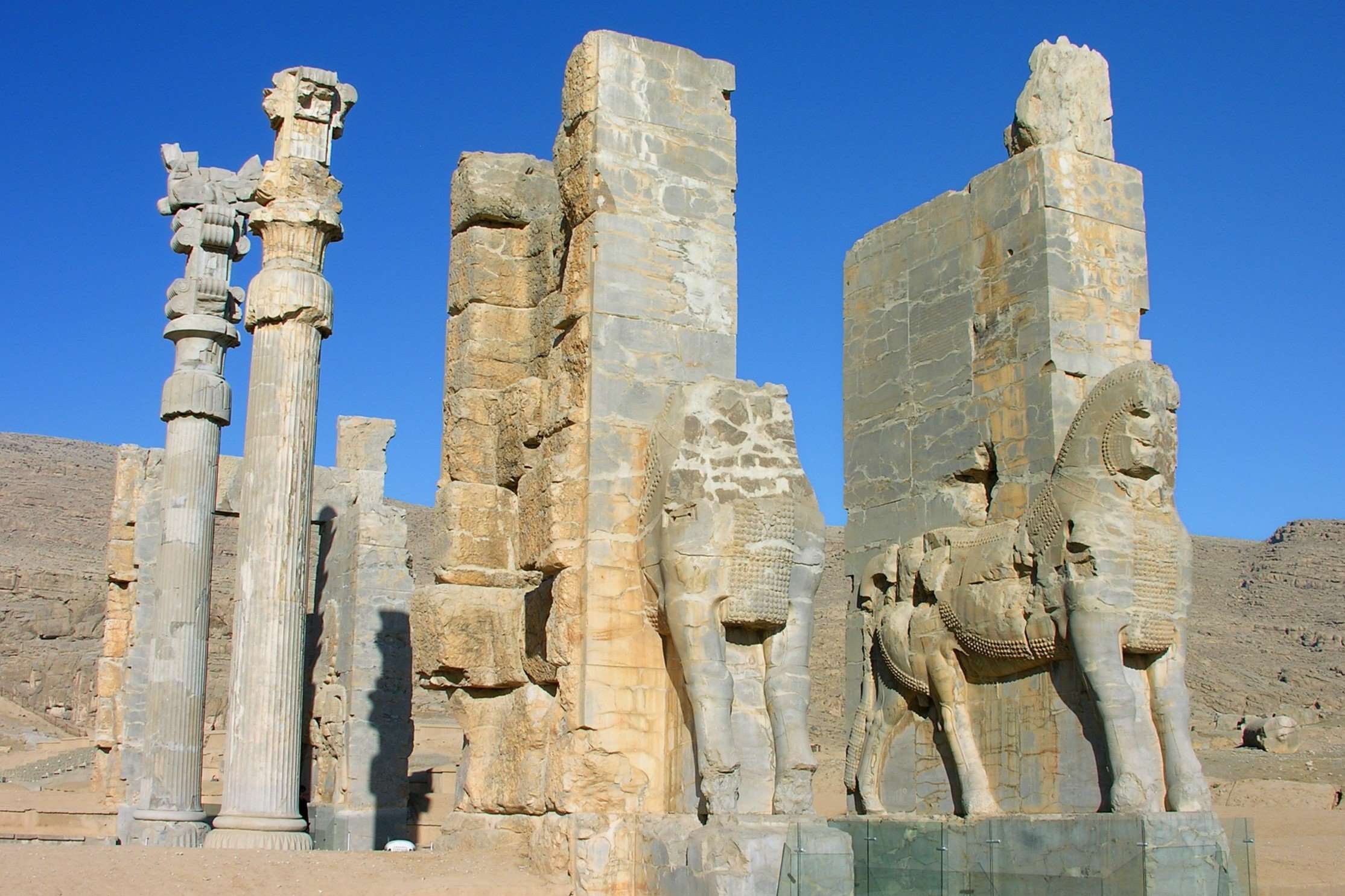The Surprising Story Behind Iran’s Name

Have you ever wondered why Iran is called Iran? The name has a rich history that dates back thousands of years. Originally known as Persia, the country changed its name to Iran in 1935. This shift wasn't just a random decision; it reflected a deeper connection to the nation's ancient heritage. The term "Iran" comes from the word "Aryan," which means "Land of the Aryans." This name change aimed to emphasize the country's historical and cultural roots. Understanding the story behind Iran's name offers a glimpse into its fascinating past and the pride its people have in their heritage.
The Ancient Origins of Iran's Name
Iran's name has a rich history that dates back thousands of years. The name itself is derived from the word "Aryan," which means "Land of the Aryans." This ancient civilization played a significant role in shaping the region's culture and heritage.
Persepolis: The ceremonial capital of the Achaemenid Empire, Persepolis, showcases the grandeur of ancient Iran. Its ruins tell stories of a powerful empire that once ruled vast territories.
Pasargadae: The first dynastic capital of the Achaemenid Empire, Pasargadae, is the resting place of Cyrus the Great. This site symbolizes the birth of the Persian Empire and its early influence.
Influence of the Persian Empire
The Persian Empire's influence extended far and wide, impacting various cultures and regions. The name "Iran" reflects this extensive reach and the empire's lasting legacy.
Susa: An ancient city that served as a capital for several empires, including the Elamites, Persians, and Parthians. Susa's historical significance is immense, with artifacts that highlight its importance.
Ecbatana: Once a major city of the Median Empire, Ecbatana later became a summer residence for Persian kings. Its strategic location made it a key player in the empire's administration.
The Sassanian Era and Beyond
The Sassanian Empire, which succeeded the Parthians, further solidified Iran's cultural and political identity. This period saw the flourishing of arts, architecture, and Zoroastrianism.
Ctesiphon: The capital of the Parthian and later the Sassanian Empires, Ctesiphon, boasts the famous Taq Kasra arch. This architectural marvel stands as a testament to the era's engineering prowess.
Firuzabad: Founded by Ardashir I, the first Sassanian king, Firuzabad features impressive ruins, including a palace and a fire temple. These structures highlight the empire's architectural advancements.
The Islamic Influence
With the advent of Islam, Iran underwent significant transformations. The name "Iran" continued to evolve, reflecting the region's dynamic history and cultural shifts.
Isfahan: Known for its stunning Islamic architecture, Isfahan became a cultural hub during the Safavid dynasty. The city's mosques, palaces, and bridges showcase the blend of Persian and Islamic influences.
Shiraz: Famous for its poets, gardens, and wine, Shiraz has been a center of Persian culture for centuries. The city's rich history is evident in its ancient sites and vibrant cultural scene.
Modern Iran and Its Name
In the 20th century, the name "Iran" was officially adopted, emphasizing the country's historical roots and national identity. This change marked a new chapter in Iran's long and storied past.
Tehran: The capital city of modern Iran, Tehran, represents the country's contemporary face. With its bustling streets, museums, and landmarks, Tehran is a testament to Iran's ongoing evolution.
Mashhad: As a major religious center, Mashhad attracts millions of pilgrims annually. The city's significance in both historical and modern contexts highlights Iran's enduring cultural and spiritual heritage.
Understanding Iran's Name
Iran's name has a rich history. It comes from the word "Aryan," which means "Land of the Aryans." This name change happened in 1935 when Reza Shah Pahlavi asked countries to call Persia by its native name, Iran. This shift was part of a broader effort to modernize and unify the nation.
Knowing the story behind Iran's name helps us appreciate its deep cultural roots. It also shows how names can reflect a country's identity and history. Iran's name is more than just a label; it tells a story of heritage, pride, and transformation.
Next time you hear "Iran," remember the history and meaning behind it. This knowledge adds depth to our understanding of this fascinating country.

